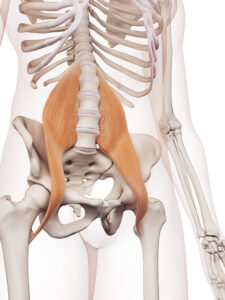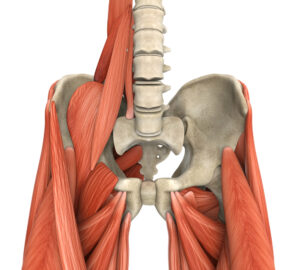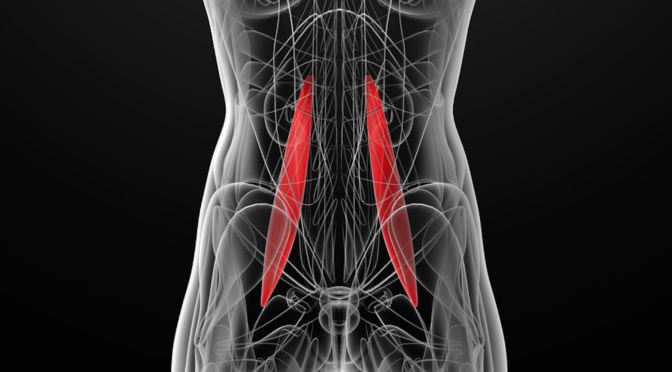How much of your day is spent sitting? At your desk, in the car? If the answer is “Most of my time” then you may have locked hips, which not only effect your dancing ability but actually is an underlying cause of undue stress and fear.
There is a long muscle on the side of the vertebral column and pelvic brim, it’s called the Psoas Muscle, or, the muscle of the soul.
 The Psoas Muscle (pronounced so-as) is where we oftentimes store trauma and stress and it can directly influence many aspects of our lives, from our mood to our outlook on life.
The Psoas Muscle (pronounced so-as) is where we oftentimes store trauma and stress and it can directly influence many aspects of our lives, from our mood to our outlook on life.
An unhealthy thinking and negative outlook on life can not only harm us, but those who choose to be around us. But luckily, we can release this pent up fear inside!
Being the only muscle that connects spine to leg, the Psoas is what holds us upright and enables us to walk by lifting our legs. When functioning optimally, the psoas keeps our spine stable and supports the upper body.
Politicians, the news and propaganda are very easily manipulating us and putting us in a state of fear as they have learnt how to control our reptilian brains, which correlate directly to the Psoas muscle via connective tissue or fascia.
Our hectic life styles which drain us physically and mentally prevent our bodies from naturally releasing the stress we have built up, and this puts our minds and bodies in a constant state of anxiety and fear.
“The very beginning of our being starts in the center of the body. The center of the body becomes a line, and the cells organize in a midline. The beginning of you is a midline. Then everything else—your heart, your organs, your extremities and your face—emerges from that midline. By working with that concept, we know we’re not put together like a Lego system. The psoas does not insert into the spine—it grows out of the midline.” – Liz Koch, Author of The Psoas Book
If your psoas is relaxed, you will literally feel more grounded and calm. You will also have a bigger range of movement, a happy and healthy psoas will enable our body’s to find the lost energies and life force we once had. The muscle of the soul surrounds a major energy centre of our bodies.
When flexible, the psoas allows energy to flow. But, if your psoas is tense and tight, you will feel fatigue and often have back, hip, knee and ankle pain. You will feel stressed and anxious and be unable to release this tension build up.
“Because the psoas is so intimately involved in such basic physical and emotional reactions, a chronically tightened psoas continually signals your body that you’re in danger, eventually exhausting the adrenal glands and depleting the immune system.
As you learn to approach the world without this chronic tension, psoas awareness can open the door to a more sensitive attunement to your body’s inner signals about safety and danger, and to a greater sense of inner peace.” – Liz Koch, Author of The Psoas Book
Yoga will help develop internal awareness and help release the psoas. At first, it can be quite difficult to access the new sensations of the psoas, you need to be patient, persevere and concentrate your attention, finding awareness is the first step.
When doing yoga it is important to ensure you do deeper hip opening stretches, such as Pigeon (Eka Pada Rajakapotasana) and it’s variations. Doing the lunging stretch, and backbends will also be beneficial. Other fantastic way to stretch your psoas muscle is a towel stretch, Constructive Rest Position and Active Supine Stretch,
“ As gravitational flows transfer weight through bones, tissue, and muscle, into the earth, the earth rebounds, flowing back up the legs and spine, energizing, coordinating and animating posture, movement and expression. It is an uninterrupted conversation between self, earth, and cosmos.” – Liz Koch, Author of The Psoas Book
by Jade Small

